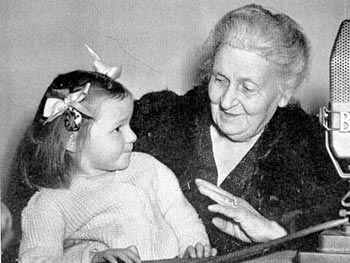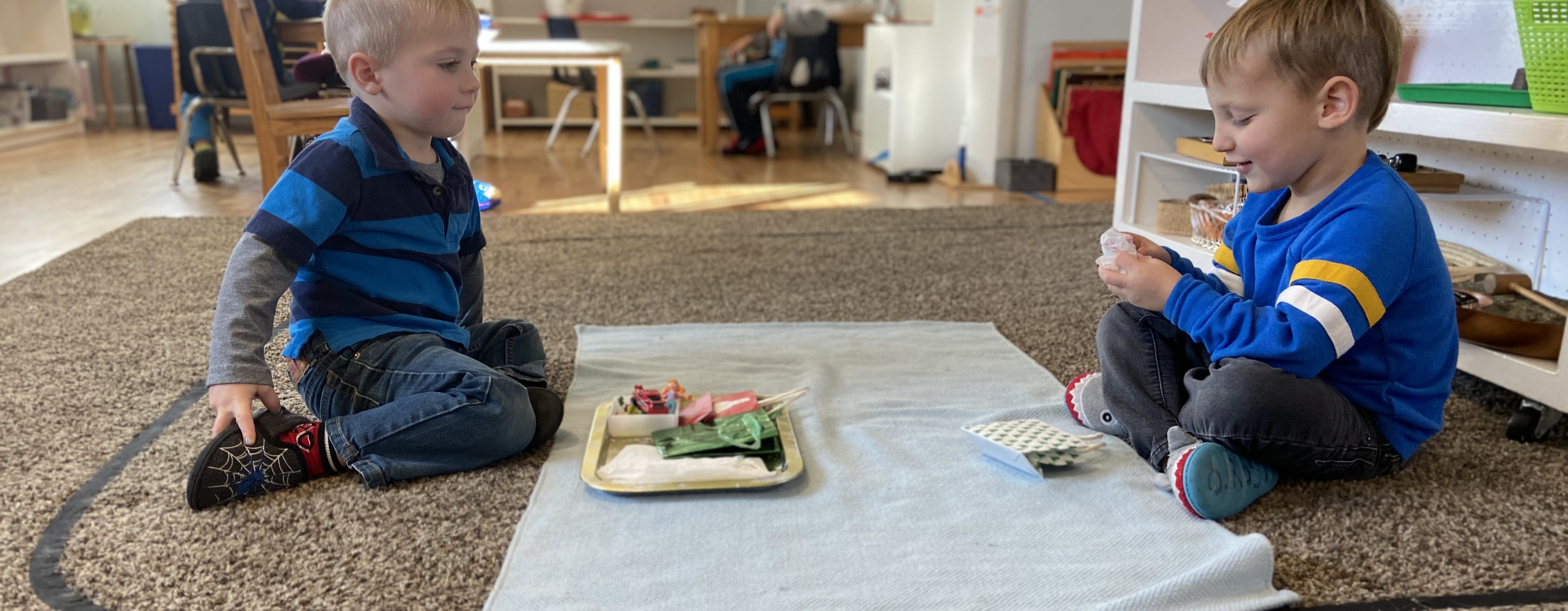 Montessori was an amazing woman whose insight and observations of young children changed the way young children have been educated worldwide. Dr. Maria Montessori (1870-1952) first worked with mentally challenged children and got miraculous results. These children with two years instruction were able to pass the standard sixth-grade tests of the Italian public schools. In 1907, working with children in the worst slum district in Rome, Montessori was able to turn a group of sixty unruly children ages two to five into a group of well-behaved self-motivated learners. This led her to develop an educational approach and learning materials that are still used in schools throughout the world today.
Montessori was an amazing woman whose insight and observations of young children changed the way young children have been educated worldwide. Dr. Maria Montessori (1870-1952) first worked with mentally challenged children and got miraculous results. These children with two years instruction were able to pass the standard sixth-grade tests of the Italian public schools. In 1907, working with children in the worst slum district in Rome, Montessori was able to turn a group of sixty unruly children ages two to five into a group of well-behaved self-motivated learners. This led her to develop an educational approach and learning materials that are still used in schools throughout the world today.
The Montessori method is very individualized. Lessons are given one-on-one or with a small group of children. Children are invited to repeat and choose their lessons. Repetition leads to mastery of a skill. Freedom to choose encourages independence, self-reliance and self-discovery. Many of the materials are designed with a control of error so the child can discover and correct on his own. Also materials are designed to isolate the skill to be learned and are sequenced so mastery of one skill leads to learning another. Montessori students learn through hands-on experience, investigation and research. They become actively engaged in their studies.
Montessori classes bring children together in multi-age groups, rather than classes comprised of just one age level. So the children at our school are all grouped together just like siblings in a family. The younger children learn from the older children who serve as teachers and role models. Children stay with their teachers for three years. This allows teachers to develop close, long-term relationships with their students, allows them to know each child’s learning style and encourages a strong sense of community.
Does this sound too good to be true? We encourage you to schedule an observation and see for yourself.
